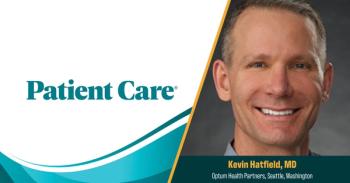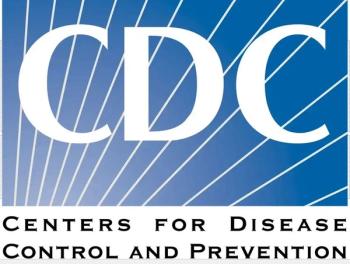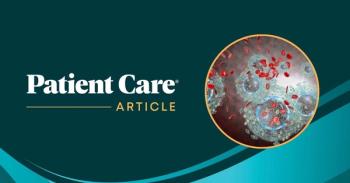
Quiz: Shingles Vaccination Past, Present, Future
A new shingles vaccine could make Zostavax an immunization of the past. Take our short quiz on herpes zoster and shingles prevention.
In late October 2017, the US FDA granted approval to GlaxoSmithKline for its shingles vaccine Shingrix, for adults age 50 and older. Shingrix now stands to supplant Zostavax (Merck), the current and only vaccine against herpes zoster. Zostavax was a breakthrough in immunization when approved in 2006 and recommended for all adults age 60 years and older; concerns have multiplied, however, over the tendency for the vaccine’s protection to wane, leaving older adults with their own waning immunity at even greater risk for the disease and its potential sequelae.
There will be plenty of news to follow as the new vaccine becomes available. To start you thinking about herpes zoster in general and both the current and future vaccines, take this quick 5-question quiz. Good luck.
Question 1:
The correct answer is A. 30%
According to 2015 CDC surveillance data, 30.6% of people aged ≥60 years and 34.2% of people aged ≥65 years are vaccinated against herpes zoster.1
Question 2.
The correct answer is D. 66.5%
In pre-licensure studies, Zostavax was 66.5% effective in preventing PHN. It is also believed that Zostavax may lessen the severity of both shingles and PHN if zoster should develop after vaccination.2
Question 3.
The correct answer is A. True
Both statements are true. A pooled analysis of two phase 3 randomized controlled trials found that Shingrix had an efficacy against shingles of over 90% across all age groups.3-5 In contrast, the efficacy of Zostavax is about 51% in people aged 60 and over, and about 70% in people aged 50-59 years.6 However, no head-to-head trials of these two vaccine have been conducted.
On October 25, 2017, the ACIP recommended that Shingrix should replace Zostavax as the preferred shingles vaccine in people age 50 years and older and that those people who have previously received the Zostavax vaccine should receive Shingrix.3 The ACIP recommendations came just days after Shingrix gained FDA approval (on Friday, October 20, 2017), and still needs final approval by CDC officials.3
Question 4.
The correct answer is A. True
Before the October 2017 ACIP recommendation that the new Shingrix vaccine be given to people age ≥50 years, the committee had declined (2013) to vote on expansion of the use of Zostavax to include people in the age 50 through 59 age group. The reasoning: 1) disease rates are lower in this age group than in persons age ≥60; 2) evidence is lacking to demonstrate long-term protection provided by the vaccine; and (3) persons vaccinated at age <60 years may not be protected when the incidence of zoster and its complications are highest.7,8 However, clinicians were at license to vaccinate persons in this age group at their discretion.
Question 5.
The correct answer is C. 97% (shingles) and 91% (PHN)
Evidence from clinical trials with more than 38,000 total participants showed Shingrix is 97% effective against shingles for people age 50 through 69 and 91% effective for those age ≥70; efficacy against PHN for people age ≥50 is 91%. These rates are based on evidence presented to the committee from clinical trials with over 38,000 total participants.9
Shingrix remained at or above 85% effectiveness up to four years after vaccination; longer-term effectiveness is yet to be determined.9
References:
1. Williams WW, Lu P, O’Halloran A, et al.
2. Oxman MN, Levin MJ, Johnson GR, et al.
3. GlaxoSmithKline. CDC’s Advisory Committee on Immunization Practices recommends Shingrix as the preferred vaccine for the prevention of shingles for adults aged 50 and up. October 25, 2017. Accessed October 27, 2017 at:
4. Lal H, Cunningham AL, Godeaux O, et al.
5. Cunningham AL, Lal H, Kovac M, et al.
6. Schmader KE, Levin MJ, Gnann JW Jr, et al.
7. Hales CM, Harpaz R, Ortega-Sanchez I, Bialek SR.
8. Immunization Action Coalition.
9. Shingrix [
Newsletter
Enhance your clinical practice with the Patient Care newsletter, offering the latest evidence-based guidelines, diagnostic insights, and treatment strategies for primary care physicians.





























































































































































































































































































































